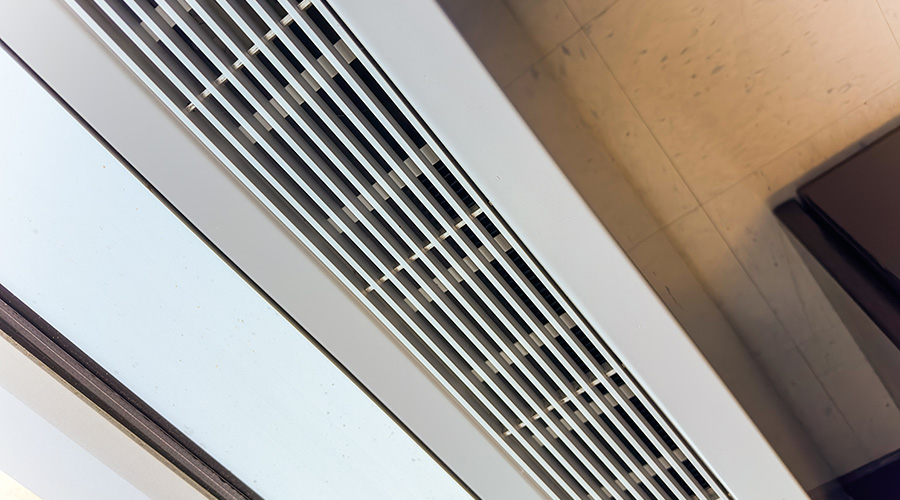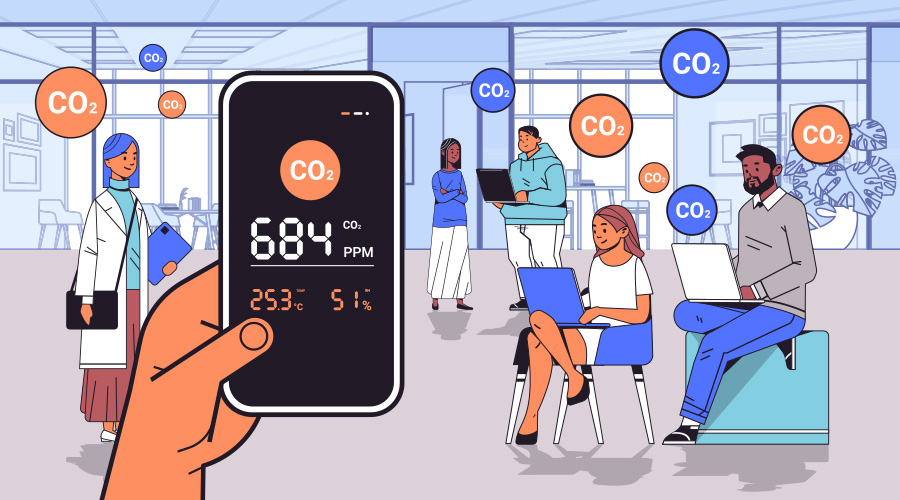Air Purification Technologies and Reduced Ventilation
In an office, what are the accepted air purification technologies that should be used? And with use of air purification technologies can ventilation be reduced in an office?
In terms of air purification, there's particle filtration and gaseous air cleaning. Particle filtration is a pretty mature technology. There are rating systems, i.e. the .MERV values based on ASHRAE Standard 52.2. You can go as high as you want to pay in terms of the performance, but there's a cost for more efficient filters and there are pressure drops that need to be dealt with.
In terms of gaseous air cleaning, that technology has been around for decades but we don't yet have a rating system, which makes it harder to specify and purchase gaseous air cleaning technology. This is starting to change, however.
Most application of gaseous air cleaning technology occurs where the outdoor air is particularly dirty and in specialized environments, such as museums and art galleries to protect artifacts from certain outdoor air pollutants. It is used in certain types of manufacturing facilities, such as semiconductors.
Many want to think that if you clean the air, you could bring in less outdoor air and reduce you energy costs. In theory that makes a lot of sense, but its not yet accepted practice based on existing indoor air quality standards.
Related Topics:














